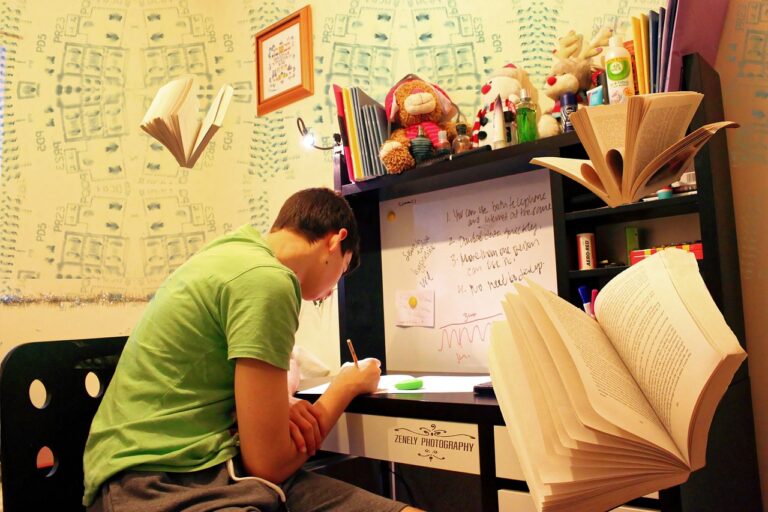Teaching Social-Emotional Skills Through Drama and Performance Arts
Teaching social-emotional skills to children is an essential part of their development. These skills help them understand and manage their emotions, build healthy relationships, and make responsible decisions. One effective way to teach these skills is through drama and performance arts. By engaging in creative activities like acting, role-playing, and improvisation, children can learn to express themselves, empathize with others, and develop a greater sense of self-awareness.
The Benefits of Using Drama and Performance Arts
1. Improves Communication Skills: Drama activities require children to listen, speak clearly, and communicate effectively with others, helping them develop strong verbal and nonverbal communication skills.
2. Builds Empathy: Through acting out different scenarios and taking on different roles, children can learn to understand and appreciate the feelings and perspectives of others.
3. Enhances Creativity: Drama allows children to think outside the box, use their imagination, and come up with creative solutions to problems.
4. Boosts Confidence: Performing in front of others can help children overcome stage fright, build self-confidence, and believe in their abilities.
How to Incorporate Drama into Social-Emotional Learning
1. Role-Playing: Encourage children to take on different roles and act out scenarios that involve conflict resolution, peer pressure, or emotional expression.
2. Improvisation: Use improvisational exercises to help children think on their feet, adapt to new situations, and express themselves creatively.
3. Storytelling: Allow children to create and perform their own stories, giving them a platform to share their thoughts, emotions, and experiences.
4. Group Activities: Have children work together in teams to create and perform skits, plays, or musical performances, fostering collaboration and teamwork.
Real-Life Examples of Social-Emotional Learning in Drama
1. Conflict Resolution: Children can act out scenarios where characters face conflicts and demonstrate how to resolve them peacefully and respectfully.
2. Emotional Expression: Through improvised scenes or monologues, children can explore and express a wide range of emotions, helping them understand and manage their feelings.
3. Character Development: By creating and portraying different characters, children can develop empathy, compassion, and a deeper understanding of human behavior.
FAQs
Q: How can drama help children with social anxiety?
A: Drama provides a safe space for children to practice social interactions, build confidence, and overcome their fear of public speaking.
Q: Can children of all ages benefit from drama and performance arts?
A: Yes, drama activities can be tailored to suit children of different ages and developmental stages, helping them learn social-emotional skills in a fun and engaging way.
Q: Are there any resources available for educators interested in incorporating drama into social-emotional learning?
A: Yes, there are many online resources, books, and workshops available for educators looking to integrate drama and performance arts into their curriculum to promote social-emotional learning.







